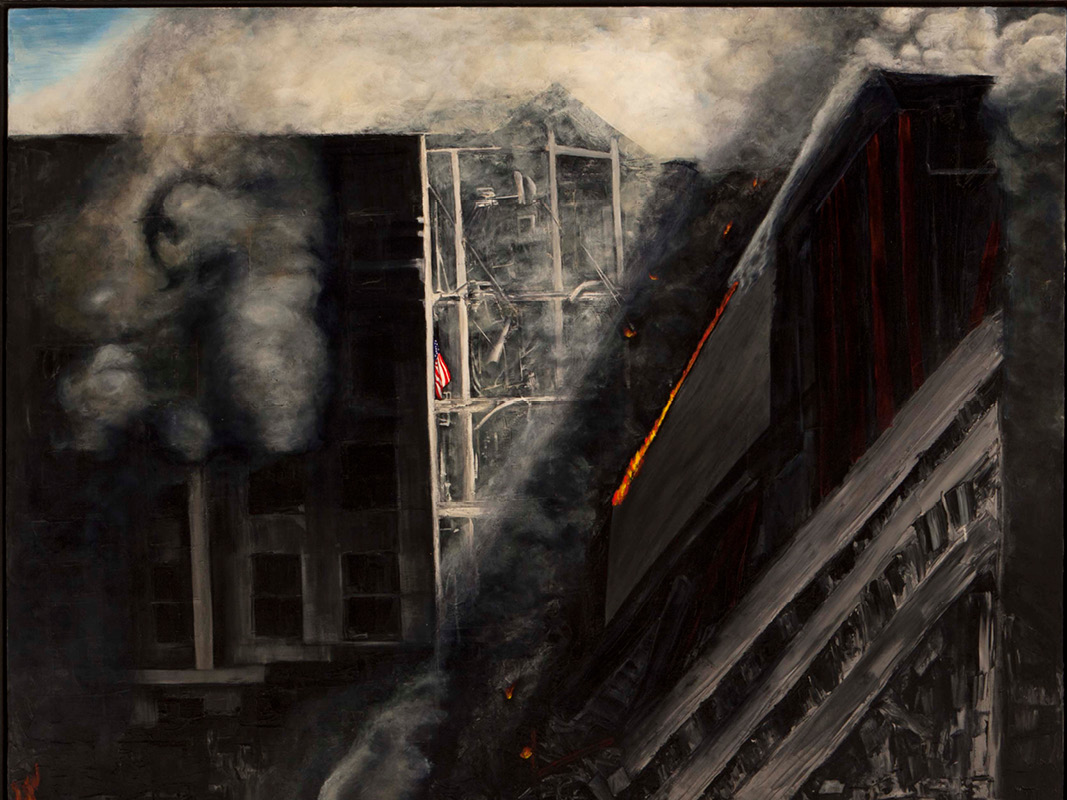
“Plan Accordingly”
Colonel Gary N. Cassidy, 2002, Oil on Canvas, 58″ H x 68″ L, U.S. Army…
ATTENTION VISITORS: the Museum Café is temporarily closed from Dec. 31-Jan.5. We apologize for the inconvenience.

The terrorist attacks of September 11, 2001 forever changed the United States and the U.S. Army. To commemorate the anniversary of the attacks, the National Museum has created a special exhibit in partnership with Google Arts & Culture. This online exhibit of artifacts, art, images, and Soldier stories reflect the Army’s experience surrounding 9/11. A selection of highlights are found below. Visit Google Arts & Culture for a closer look.

Soldier Profiles -Explore the personal histories and profiles of Soldiers who were forever impacted by the events of September 11, 2001. Learn More!

Monuments Men -Leslie D. Jensen is a professional museum curator who, after the September 11 attack on the Pentagon, led a team of Army curators to identify and retrieve items of historic interest. This is his account.Learn More!

Congressional Gold Medal -Explore the history of Public Law 112-76, establishing three Congressional Gold Medals to honor the men and women who perished as a result of the terrorist attacks on the United States.Learn More!
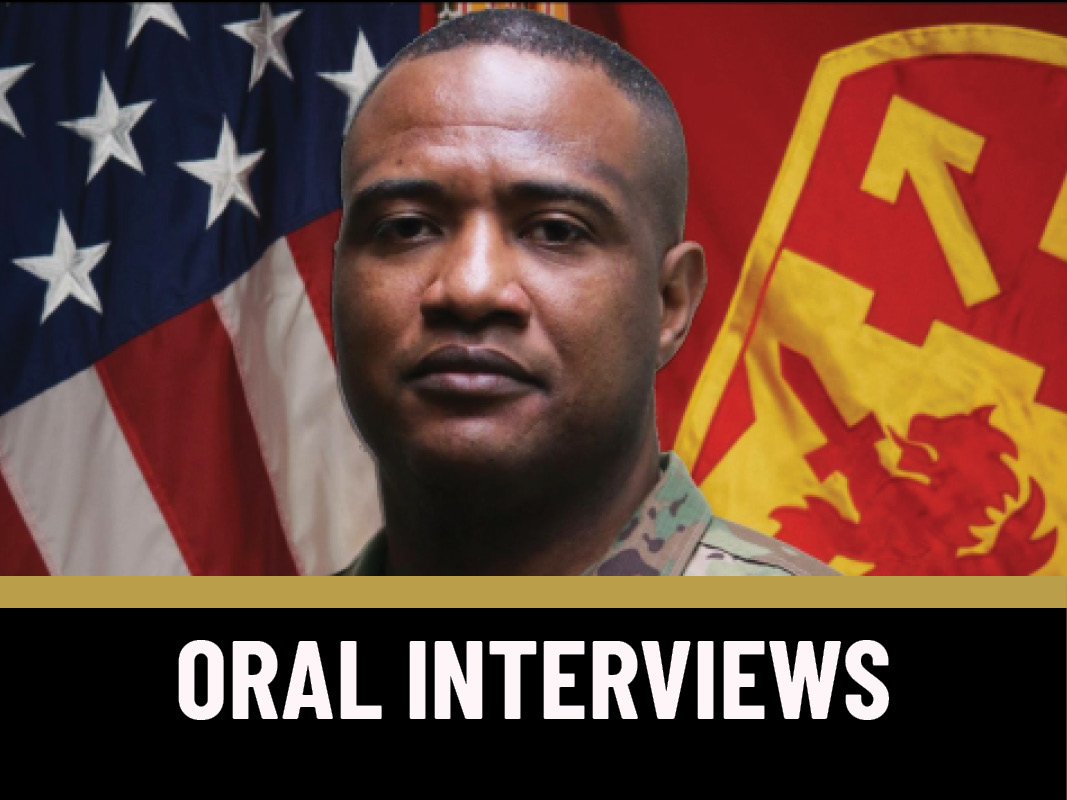
Oral Interviews -Watch and listen to oral interviews conducted with Soldiers who have a personal connection to September 11, 2001.Learn More!
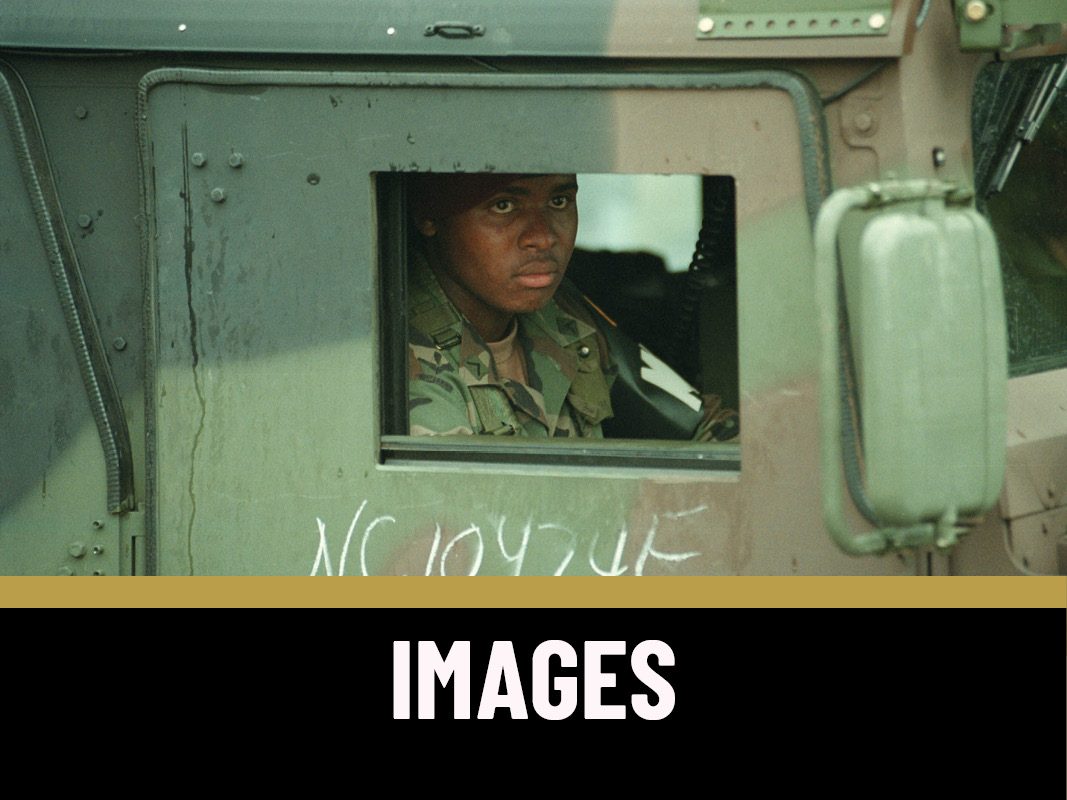
Images -Explore more images of the terrorist attacks on the Pentagon and Ground Zero, as well as our military’s response.

Historian's Corner -In this account, learn more about the events leading up to September 11, 2001, and our Army’s subsequent involvement in the Global War on Terrorism. Learn More!
“None of us will ever forget this day, yet we go forward to defend freedom and all that is good and just in our world.”
President George W. Bush, September 11, 2001
Colonel Gary N. Cassidy, 2002, Oil on Canvas, 58″ H x 68″ L, U.S. Army…
Colonel Gary N. Cassidy, 2002, Oil on Canvas, 58″ H x 68″ L,
U.S. Army Center of Military History
Colonel Gary Cassidy served in Vietnam, the Persian Gulf, and peacekeeping efforts in Bosnia. He produced this painting of the damaged Pentagon shortly after the attack.
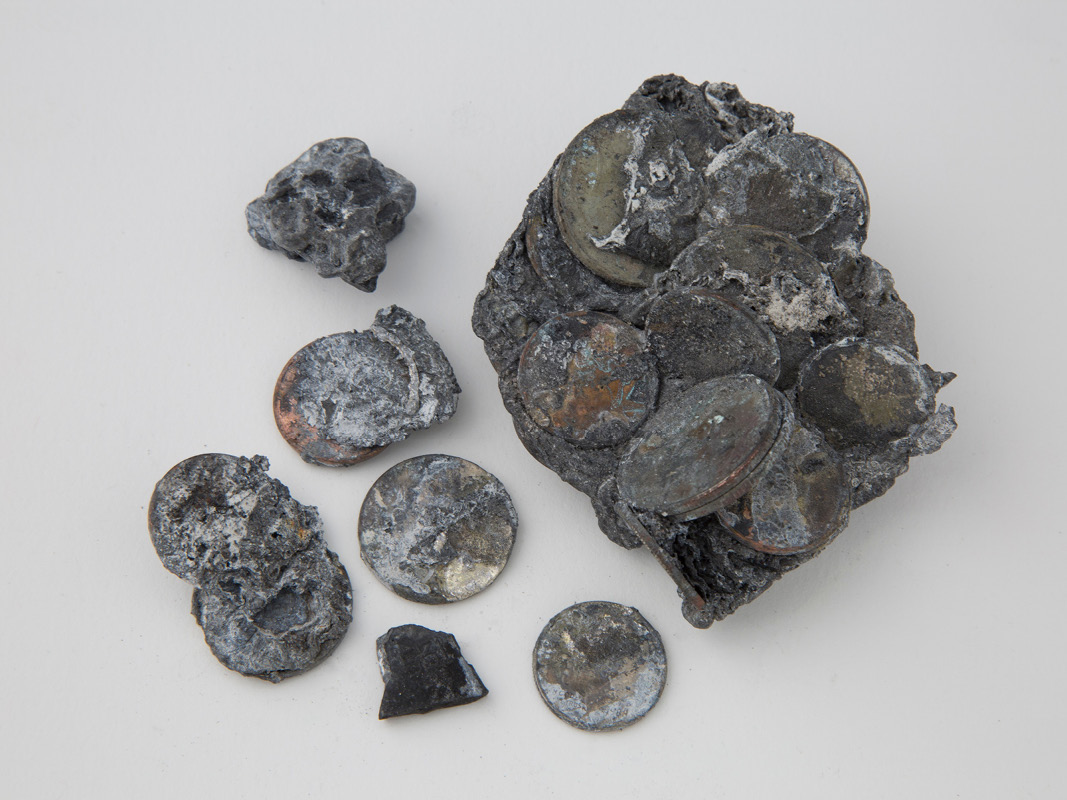
These coins were recovered from the Pentagon following the September 11, 2001, attack by a…
These coins were recovered from the Pentagon following the September 11, 2001, attack by a team of U.S. Army Center of Military History curators.

Chaplain (Captain) Timothy Mallard’s journal reveals his ministry during rescue and recovery from the aftermath…
Chaplain (Captain) Timothy Mallard’s journal reveals his ministry during rescue and recovery from the aftermath of the September 11 attack on the Pentagon.
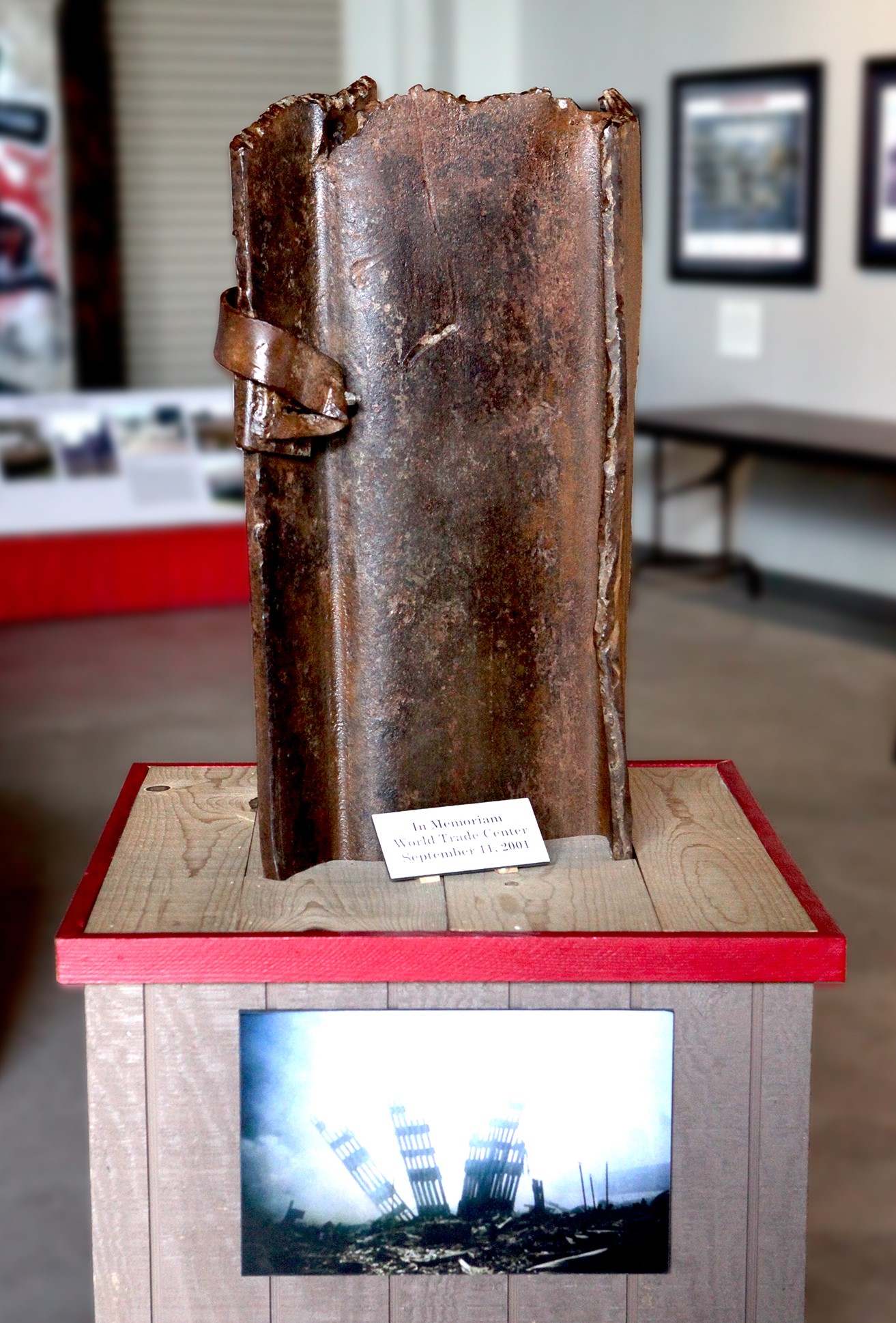
This short section of mangled I-Beam from the World Trade Center is currently on display…
This short section of mangled I-Beam from the World Trade Center is currently on display at the U.S. Army Artillery Museum.
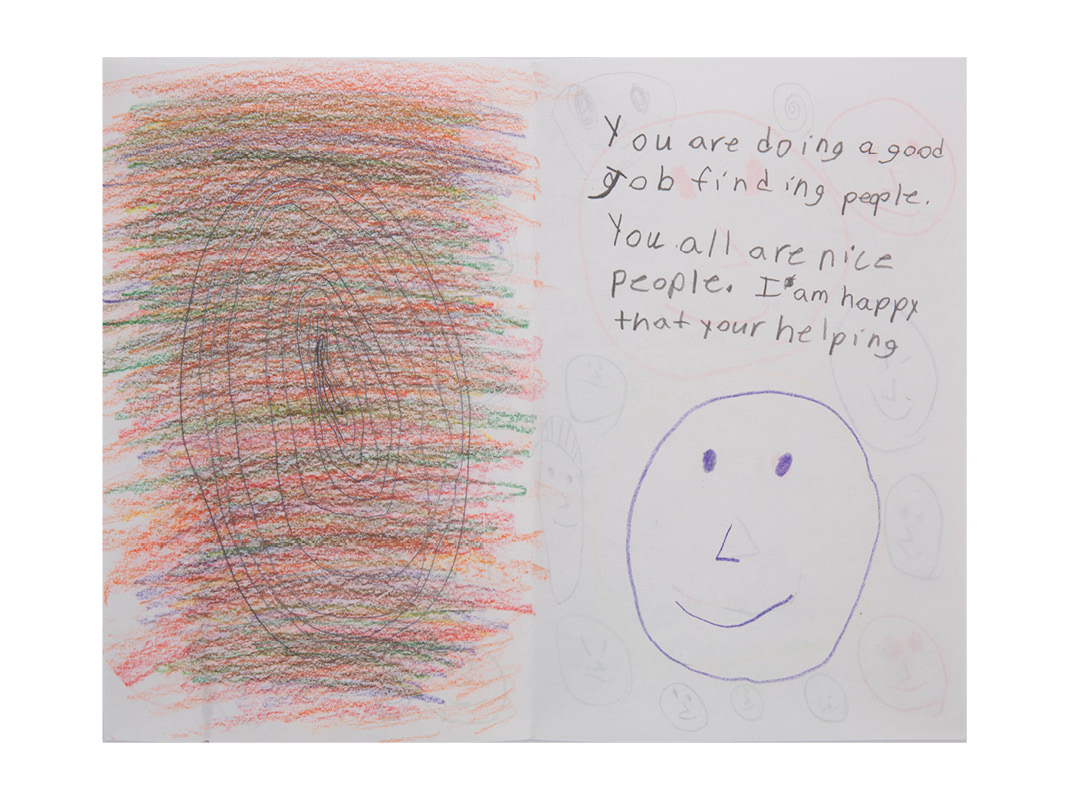
This card was made for the rescue workers by a fourth grader at Hancock Elementary…
This card was made for the rescue workers by a fourth grader at Hancock Elementary School in New York City.
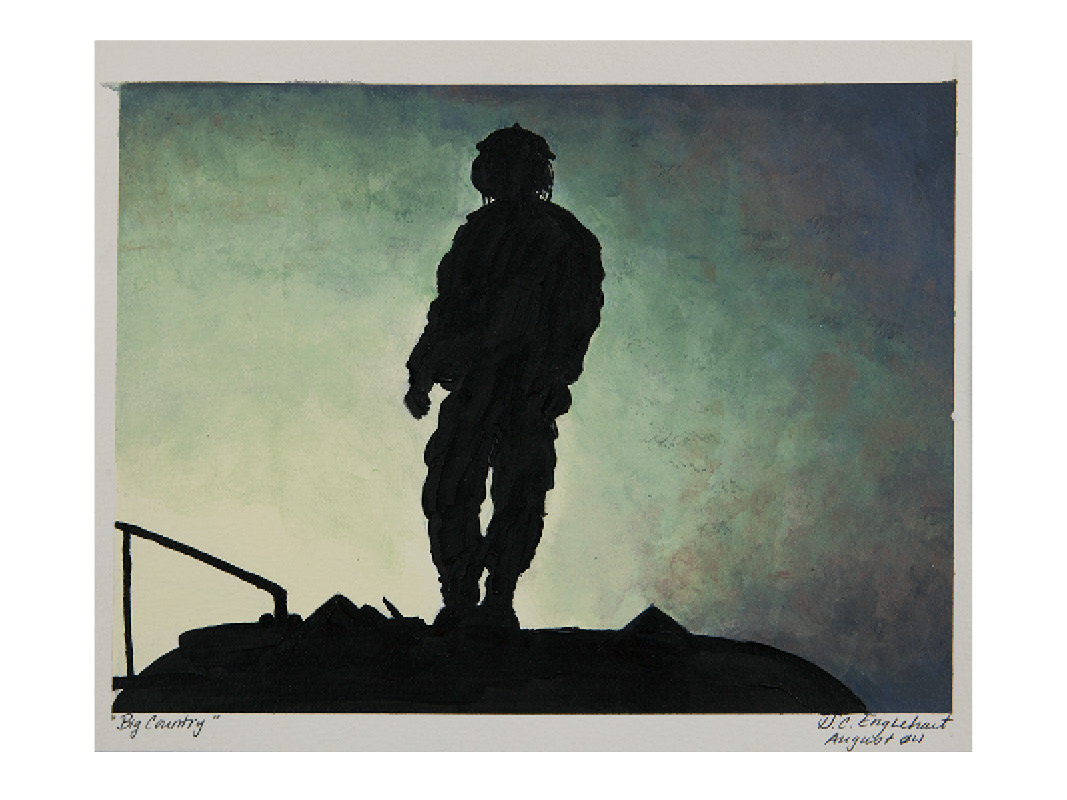
1st Lt. Heather C. Englehart, August 2004, Acrylic and Watercolor on Paper, 9″ H x…
1st Lt. Heather C. Englehart, August 2004, Acrylic and Watercolor on Paper, 9″ H x 11 9/16″ L, U.S. Army Center of Military History
This rendering of a Soldier, silhouetted against a dramatic sky, represents a member of the Louisiana National Guard at Camp Anaconda, Iraq, in 2004.
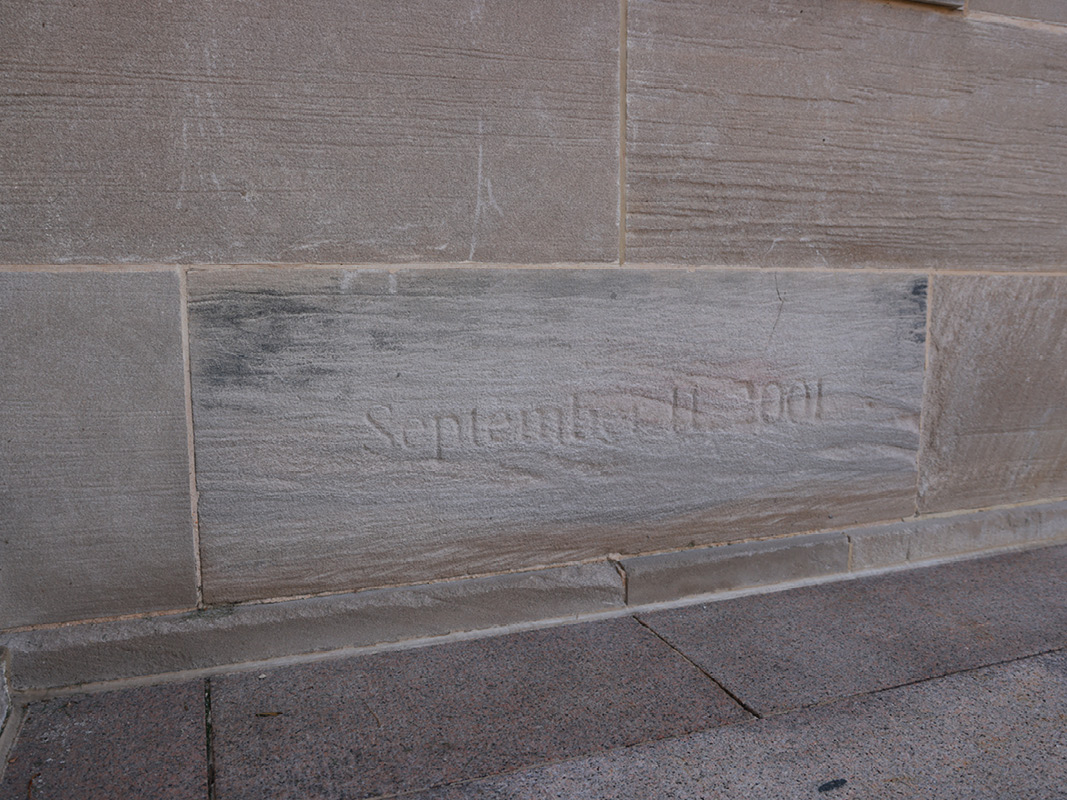
This is an original stone recovered from the burning west section of the Pentagon. Soot…
This is an original stone recovered from the burning west section of the Pentagon. Soot from the explosion and fire after the impact of American Airlines Flight 77 remains on the stone.
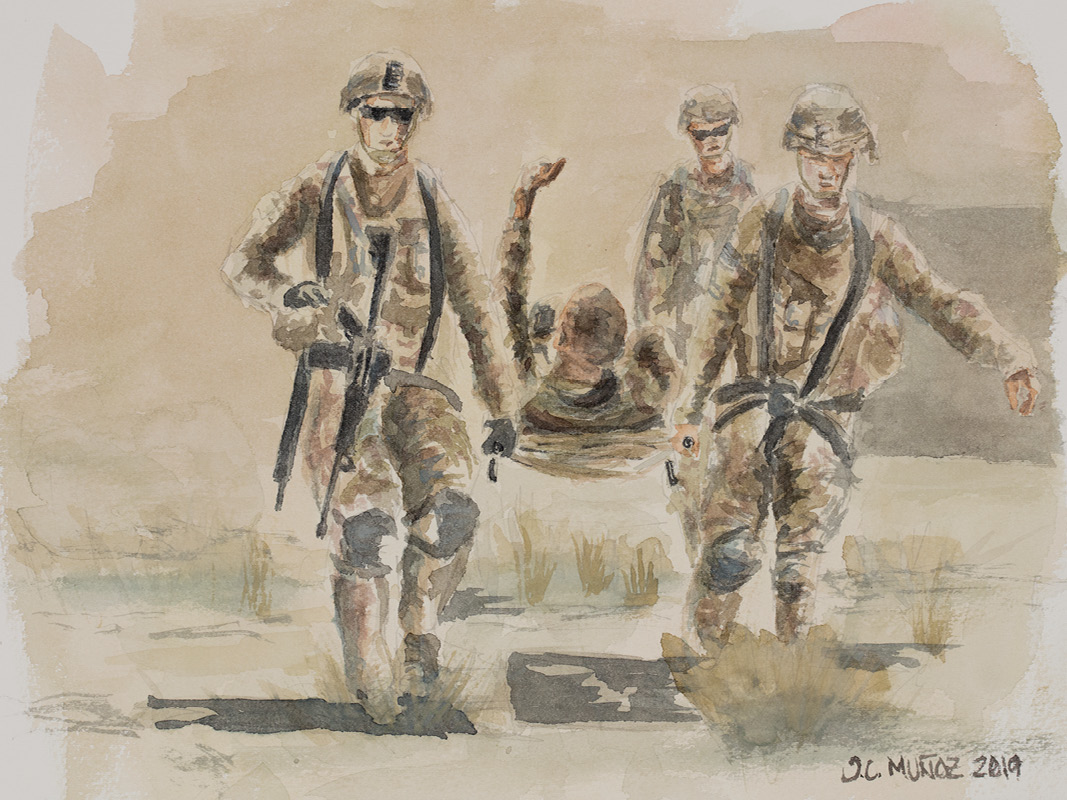
Sfc. Juan C. Munoz, 2019, Watercolor and Ink on Paper, 12” H x 13” L,…
Sfc. Juan C. Munoz, 2019, Watercolor and Ink on Paper, 12” H x 13” L, U.S. Army Center of Military History
This watercolor portrays three Soldiers carrying a wounded comrade to safety. The wounded Soldier holds up his left hand in a “thumbs-up” gesture from his stretcher.

Following the September 11 attacks, it was determined that al Qaeda was utilizing Afghanistan as…
Following the September 11 attacks, it was determined that al Qaeda was utilizing Afghanistan as a base of operations. In response, President George W. Bush announced that airstrikes targeting al Qaeda and the Taliban had begun in Afghanistan.

Explore more content at Google Arts & Culture.
Explore more content at Google Arts & Culture.